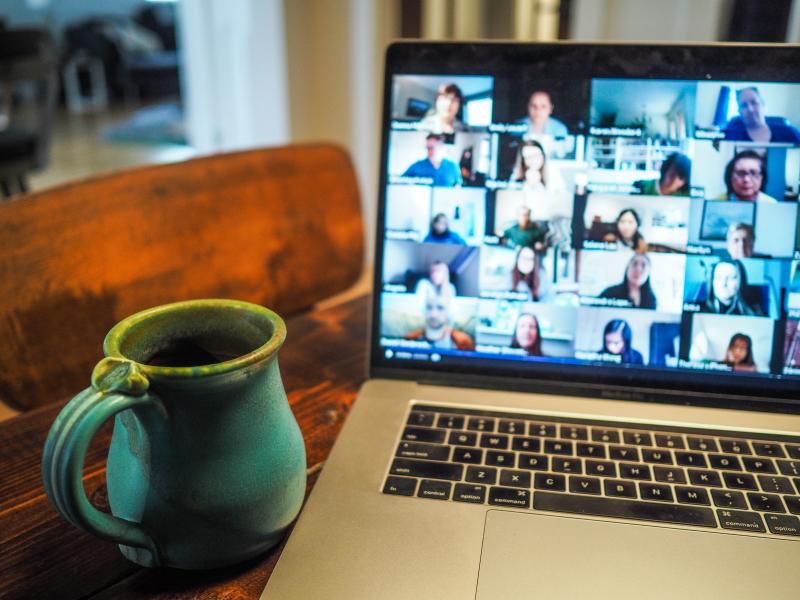
It’s fair to say prior to 2020, not many of us would have heard of zoom.
Since the arrival of COVID-19 in March 2020 however, it has become central to many of our personal and professional lives.
The ability to video chat with friends and family during stay-at-home orders across the country has provided us all with a new way of connecting socially. Many of us couldn’t imagine being able to do our jobs without zoom. Perhaps you've used Telehealth for doctor appointments or even used a Flourish Australia zoom to talk to a peer worker or join an event.
As we become increasingly reliant on the platform, however, we start to experience some negative aspects of spending more extended periods increasingly looking at a video screen.
If you feel like you are becoming more tired, frustrated or bored with zoom and other video conferencing platforms, such as Microsoft Teams, Facetime or Skype, you’re not alone.
Recent research shows that 4 in 10 workers feel a sense of ‘zoom fatigue’
Defined as tiredness, worry or burnout associated with the overuse of virtual communication platforms, particularly videoconferencing (not exclusive to zoom).
While you might think zoom fatigue is an unavoidable side effect of the new technologies and just a reality of our post-pandemic style of communication, it doesn’t have to be.
Firstly, it’s important to identify the four main causes of zoom fatigue and how we can fix them.
Excessive amounts of close-up eye contact
Talking to multiple people at once on a screen is not the most natural of things to do. By talking into a screen, we see multiple people staring back at us as we talk, for those of us who have a phobia of public speaking, this can be incredibly daunting.
This can be an easy fix however, just because your camera is on, the zoom window doesn’t need to take up your entire screen. Try reducing the screen size and use an external keyboard to allow an increase in the personal space between yourself and the screen.
Seeing yourself during video chats constantly
Most video platforms show a square of what you look like on camera during a chat, not something we get to see when talking in real life, for some that’s fine for others, it can be very off-putting.
A simple visit to the settings section will allow you to access the “hide self-view” button.
Video chats dramatically reduce mobility
In-person and audio phone conversations allow humans to walk around and move. But with videoconferencing, most cameras have a set field of view, meaning a person must generally stay in the same spot.
Have a think about the room you’re videoconferencing in, where the camera is positioned and whether things like an external keyboard or extra screen can help create distance or flexibility.
Cognitive overload
During regular face-to-face interaction, nonverbal communication allows us to interpret gestures and nonverbal cues subconsciously. In video chats, we have to work harder to send and receive signals, leading to exhaustion.
During long stretches of meetings, give yourself an “audio-only” break. This is more than just making sure you are not visible, but also making sure that the screen is not visible to you, so try turning your back to the screen for a moment, where you can hear the others on the zoom but not see them.
While zoom and other videoconferencing systems have helped us over the last two years, overuse does lead to exhaustion. If you find that happening, also keep in mind that you can also suggest other forms of communication.


